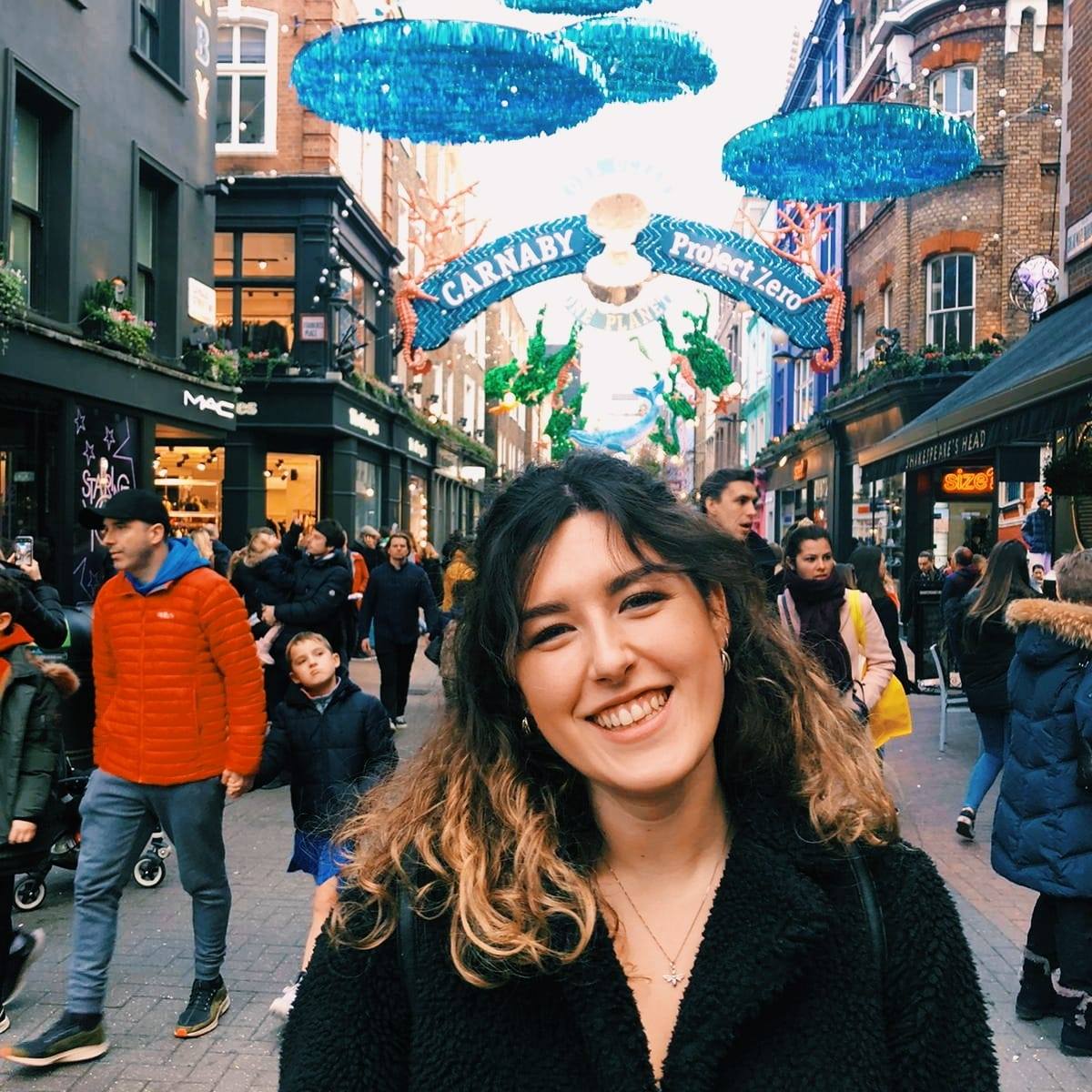Re-imagining Disability through Adaptive Fashion
- Bethany Dean-Coote

- Aug 22, 2020
- 4 min read
Updated: Aug 21, 2021
Disability and mainstream fashion have long been mutually exclusive entities. The industry has largely ignored this consumer group. Retailers today continue to mass-produce clothing with one person in mind: the white, size 8, non-disabled female.
Many mainstream brands thoughtlessly saturate the market with garment designs that create dressing difficulties for many. Even clothing that’s suitable for a disabled person is advertised on a non-disabled model whose features fit westernised beauty standards. Therefore, disabled people are still having to actively source desired clothing in a marketplace not structured with their wants and needs in mind. Nevertheless, adaptive wear is here to re-imagine disability in fashion!
Adaptive fashion is here to help the mind, body and soul
For too long, consumers have been led to believe that there is something wrong with their bodies. Instead, we should be questioning the industry itself and its constricted (albeit ableist) decision-making process. Nevertheless, recent years have observed a radical rethink regarding how to design for disability.
At last, we have witnessed the rise in adaptive fashion. This encompasses functional AND stylish clothing specifically designed for disabled people. It can ease dressing for everyone and enrich self-expression. By adopting an inclusive design framework, these revolutionary garments are transforming mindsets and truly radicalising fashion inclusivity!
What is adaptive fashion?
Adaptive clothing is so necessary yet few people are aware of its importance. This is even applicable to designers who work within the fashion industry! Throughout years of biased education, their mindsets have been hardwired to automatically think of solely designing for a non-disabled model.
Online inclusive retailer Intimately.co highlights the 3 types of adaptive wear being made available across the industry. These include sensory friendly lines, garments with alternative fastenings, and clothing with different fundamental construction. The finished garments seldom look different to mainstream clothing yet provide wearers with much more comfort and independence. Similar to how circular design enhances sustainability, adaptive design improves its accessibility.
Disability advocate Sinead Burke emphasises that, tweaking current garment patterns at the design stage improves their suitability. She terms this simply as: customisation. Take a classic bra pattern for example; instead of placing a classic fiddly clasp at the back, adaptive designers would implement a magnetic fastening at the front. A simple alteration to a stereotypical design can greatly ease the demands of everyday life and enhance one’s well-being.
Dress to express
These beautifully designed garments mean disabled people no longer have to prioritise function over fashion; giving the wearer more freedom of expression through clothing.
“Fashion is a powerful way to explore identity, culture and to celebrate our differences” Lottie Jackson
Adaptive fashion further enables this empowering exploration for disabled people. Garments should be able to contribute to personal expression and identity by transmitting character and truly reflecting one’s self. This means retailers must acknowledge disability in design and celebrate inclusion during execution.
Through a garment’s function, aesthetic and expressive values, suitable clothing can bring happiness and fulfilment to the consumer. Evidently, fashion extends beyond the sartorial and elicits emotional and psychological effects in the wearer and those around them. A customer of Intamately.co exclaimed how their adaptive products work with disability, rather than against it, making her feel strong, sexy and more independent.
The freedom to self-express through clothing should be a liberating process that everybody can access and be a part of. All consumers must be able to explore their relationship with fashion to the full extent without compromise.
A universality mentality
Adaptive fashion is about solidifying a positive relationship between disability and clothing, as well as altering the industry’s mindset and expanding the imagination of society. This promotes the growing concept of moving disability into the social arena, to change its ‘public face’ and reconfigure peoples’ outlook on desirability.
Universality needs to be the new mentality amongst industry workers enabling ‘inclusion’ to transform from an afterthought to become inherently part of a product. Recognisable brands such as Tommy Hilfiger and Target, in addition to new start-ups like Kitsugi and Cur8able, are adopting this mindful approach that shakes up the industry and re-imagines disability through adaptive fashion. Brands are beginning to recognise the potential their clothes have in enhancing the lives of disabled people and creating a more socially mindful future. Other retailers must follow in their footsteps.
What next?
Increased awareness of adaptive design will challenge the industry’s unconscious bias and work towards disbanding systemic ableism across retail. As these past few years have demonstrated, the fashion community are capable of becoming stronger advocates for inclusion but there is a still a long way to go. For example, involving disabled models in authentic and genuine product advertisements need to become the standard.
Whilst many mainstream design approaches hinder disabled people’s autonomy and independence, adaptive fashion has the contrasting power to create function and beauty, uphold dignity and promote human rights. Although long overdue, a future is on the horizon whereby it is easier for every customer to find what they need in fashion so that they can fully express their personality and positively identify with their best self.



Comments